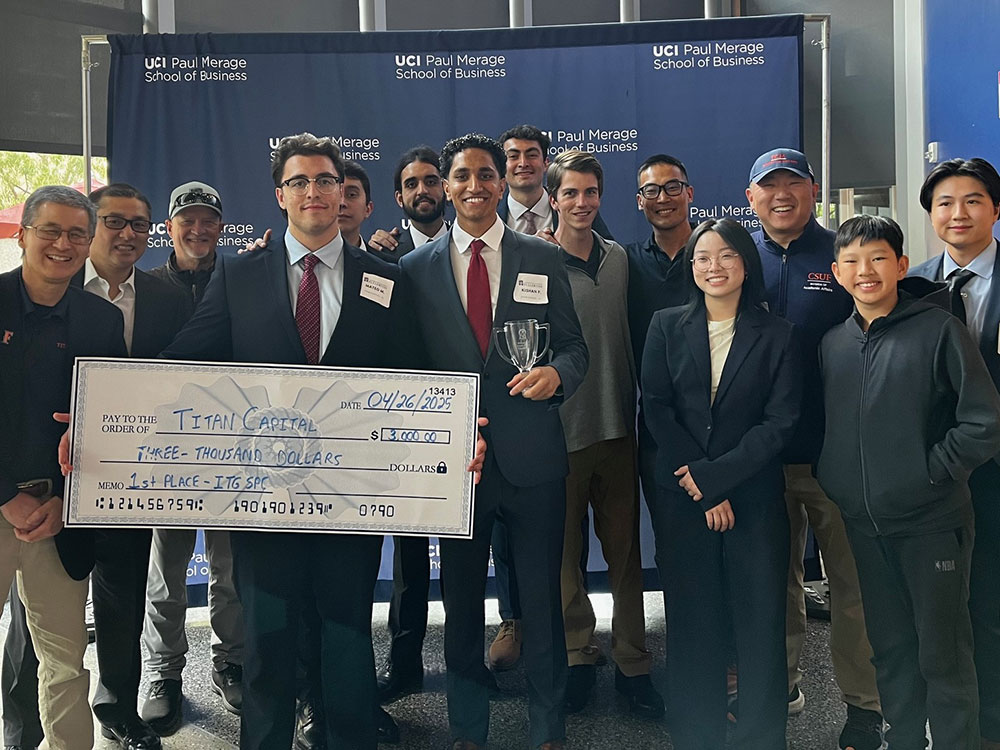
Fiscal Forecast: Watertown Council Unveils 2024 Budget Insights and Financial Pulse
During Monday evening's city council meeting, Watertown's financial future took center stage as Finance Officer and Interim City Manager Kristen Bobzien presented the preliminary 2024 financial statements. The City Council carefully reviewed and provisionally approved the comprehensive fiscal overview, signaling a positive step in the city's financial planning and transparency. Bobzien's detailed presentation provided council members with a comprehensive look at the city's projected financial landscape for the upcoming year, highlighting key budgetary considerations and potential economic strategies. The preliminary approval represents an important milestone in Watertown's ongoing commitment to responsible fiscal management.









